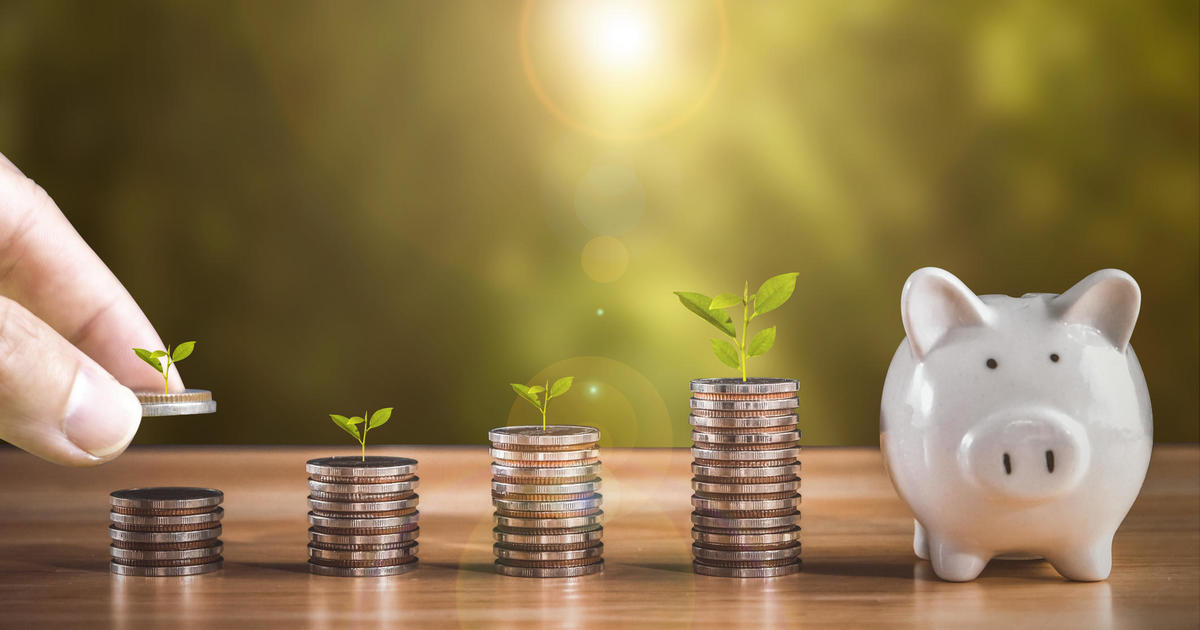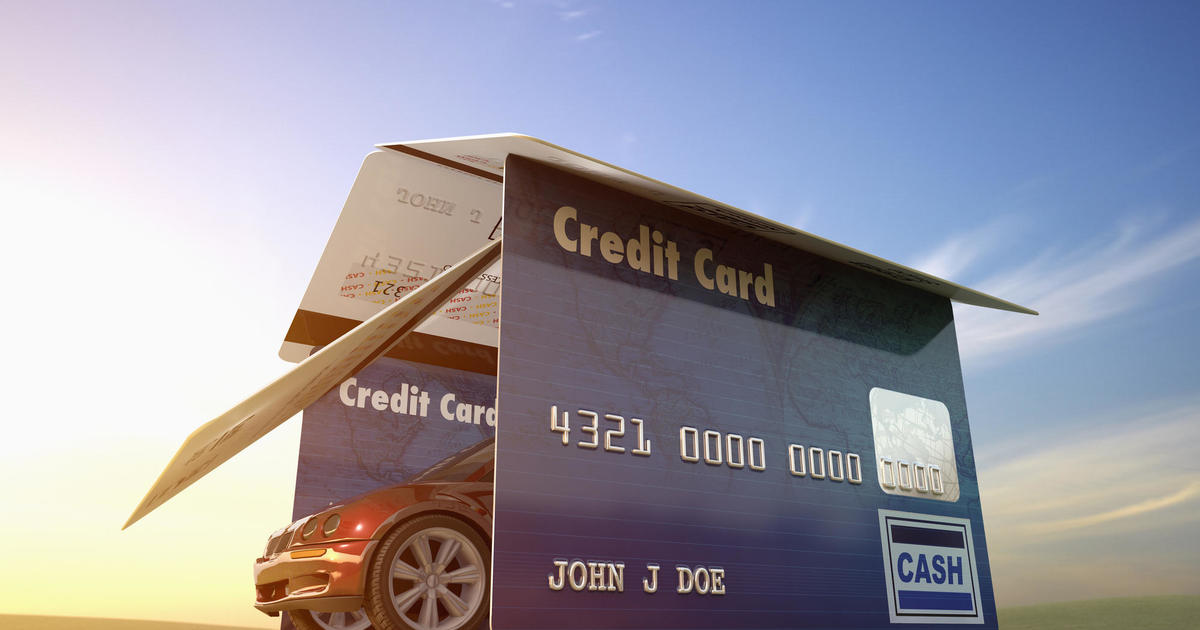Savings account vs. checking account: How much should you have in each?
Where you keep your money can have a big effect on your overall financial picture.
That's especially true in today's high rate environment, with some accounts earning upwards of 4.50% APY without restrictions on withdrawals or any added risk. If you're still keeping all of your cash in a low- or no-interest earning account, you could be missing out on large sums of interest earned over time.
Nevertheless, it's also important to use different types of bank accounts for different purposes, to maximize the benefits of each. Start saving more now and compare today's top high-yield savings account rates here.
Savings accounts vs. checking accounts
Savings and checking accounts are two of the most common types of bank accounts, though they're often used for very different purposes. Checking accounts are perhaps the most accessible account type, with check-writing and debit card access for near-instant access to your money.
Savings accounts are still highly liquid, but transferring cash in and out takes slightly longer. Some electronic transfers may take up to a few days. However, you can still generally access your balance at any time.
The main difference between these accounts today is the interest rate you can earn on your money. High-yield savings accounts are growing increasingly popular among savers, with some accounts offering around 4% to 4.50% APY. The catch? You may need to open a separate account. High-yield savings accounts are typically offered by online banks with less overhead.
"The bank where your checking account lives may not be the best place for larger sums you don't need for immediate expenses," says Charles Thomas III, CFP and founder of Intrepid Eagle Finance. However, it can be smart to keep some money in a checking account with a convenient local bank or national bank with plenty of branches, while also maximizing rates using a high-yield, online savings account.
Explore top high-yield savings rates to find out how much more you could earn today.
How much should you have in a checking account?
For most people, checking accounts are primarily used for incoming and outgoing cash flows. You might receive your biweekly paycheck to that account, for example, before using it to pay your monthly rent or mortgage, utility bills and more.
That's why experts recommend using this account simply for your month-to month-expenses.
"As a rule of thumb, I like to keep two months of living expenses in a regular old checking account so it's readily accessible without a transfer, and I set all my bills on autopay out of that account," says AJ Ayers, CFP, co-founder of Brooklyn FI financial advisors.
If you're currently keeping large sums in your checking account — beyond what you need to pay those regular monthly expenses with a bit of cushion — consider a transfer to savings. With a high-yield savings account, you can maintain access to your money whenever you need it, but you'll earn a competitive interest rate to boost your balance in the meantime.
How much should you have in a savings account?
You can use a high-yield savings account for any number of savings goals, but your first priority should likely be your emergency fund. "In addition to a checking account, I like to keep an emergency fund of three months of living expenses in a high-yield savings account," Ayers says.
Once you know what exactly your monthly expenses are (based on the amount you decide to keep in your checking account), you can use that to determine your ideal emergency fund.
"Saving is very personal," Ayers says. "So families with one income or contract-based income might need to have a larger emergency fund to prepare for an income drought." On the other hand, if you have a very stable income or your household has multiple income streams, you may feel more comfortable with a lighter emergency fund.
After you've saved for emergencies, you may still want to put extra money (outside of you other financial goals, like investments) in savings. And if you're earning a yield above 4% — compared to near-zero in a checking account — it could be worth the extra step of transferring your cash before you're ready to spend it.
Check out today's top savings rates to find the best high-yield account for you.
The bottom line
Both checking accounts and high-yield savings accounts can play important roles in your overall financial plan. But the amount you keep in them may have an effect on how much you're able to maximize the account benefits. Look at your regular expenses to figure out how much you should reserve for monthly payments in your checking account and how much you should keep saved for emergencies. Then, you can use a high-yield savings account with an online bank to start maximizing competitive APYs today.




